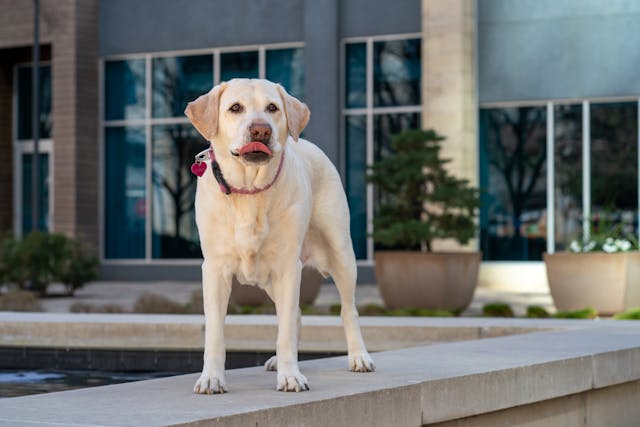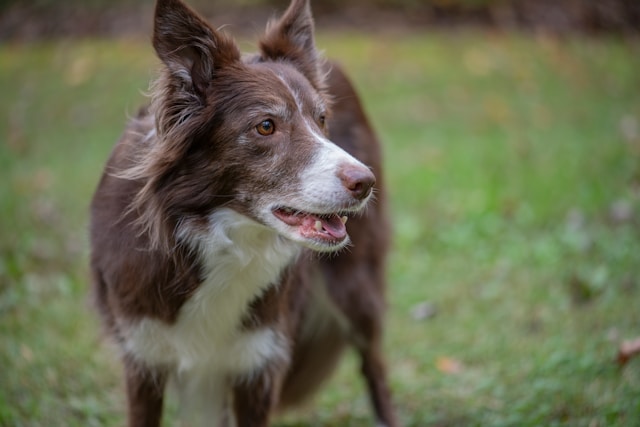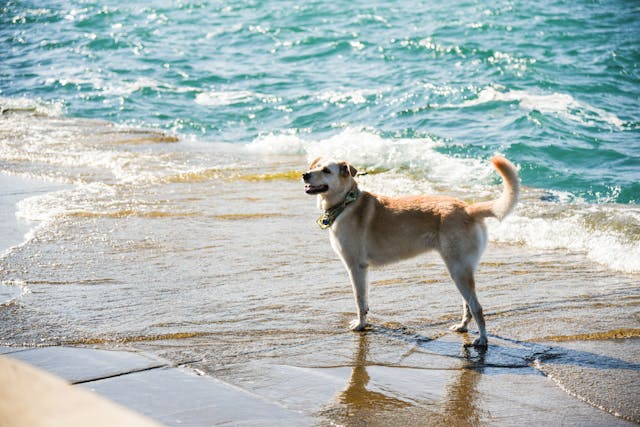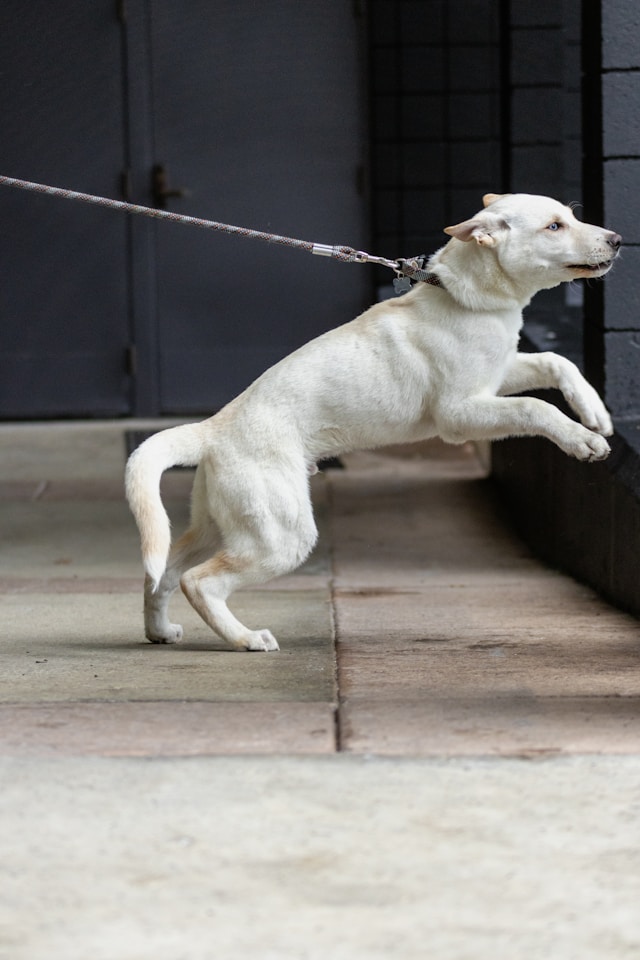As dog trainers in New Zealand, one of the most common issues we see is well-meaning owners missing the subtle signals their dogs are using to communicate discomfort. Unfortunately, when these early signs go unrecognised or misunderstood, it can snowball into major behavioural problems like leash reactivity, fear-based aggression, or anxiety.
Let’s take a closer look at five body language cues that dogs commonly use when they’re feeling unsure, and how overlooking them could be breaking trust between you and your dog.

Lip licking is often misread as “just a cute habit,” but in dogs, it’s typically a calming signal a way to self-soothe or de-escalate tension. If your dog licks their lips during training, while meeting new people or dogs, or in new environments, it’s a red flag that they’re feeling uncertain or uneasy.
Why it matters:
Ignoring this can result in your dog feeling unseen or unheard, which over time can reduce their trust in you as their safe space.
A dog who suddenly goes still freezes in place has gone into an alert or defensive mode. This is often the last warning sign before a more serious reaction like snapping or growling.
Common mistake:
Forcing a dog to “push through” a situation when they’ve frozen can break trust and create learned helplessness or defensive behaviours. It’s not “obedience”—it’s suppression, and it backfires.

Paragraph – Suspendisse feugiat. Curabitur nisi. Suspendisse eu ligula. Nullam sagittis. Sed aliquam ultrices m auris. Praesent nonummy mi in odio. Praesent ac massa at ligula laoreet iaculis. Pellentesque egestas, neque sit amet convallis pulvinar, justo nulla eleifend augue, ac auctor orci leo non est. Sed aliquam ultrices mauris. Sed consequat, leo eget bibendum sodales, augue velit cursus nunc, quis gravida magna mi a libero.
Many people think a wagging tail always means a happy dog. Not true. A high, stiff tail (sometimes wagging slowly or twitching) often signals tension, arousal, or potential conflict. It’s the dog’s way of saying, “I’m on edge.”
In context:
This is especially important when dogs are meeting others. What seems like playful body language might actually be a buildup toward reactivity or a negative encounter.

Growling isn’t bad it’s communication. A low growl is your dog saying, “I’m uncomfortable” or “I need space.” Punishing a growl doesn’t remove the discomfort; it just removes your early warning system.
The risk:
When we punish growling, we often remove this important cue, and the next time, the dog may skip the warning and go straight to snapping.
Leash reactivity lunging, barking, or whining while on a leash—is often misunderstood as disobedience or “dominance.” In reality, it’s typically rooted in fear, frustration, or insecurity.
What’s happening:
The leash removes your dog’s choice to move away, so they respond by acting big and loud to create space. If their earlier discomfort signals (like freezing or lip licking) were ignored, this is the escalation.

When we don’t acknowledge these discomfort signals or worse, punish our dog for them we unintentionally make them feel even more unsafe. Some common outcomes:
A dog you can’t enjoy: When walks become stressful and social situations unpredictable, it affects your daily life and your dog’s wellbeing.
The good news is dogs are incredibly forgiving and resilient. When we start to listen and respond fairly, we can rebuild their confidence and shape safer, happier behaviors. Here’s how:
Start paying attention to subtle cues, lip licking, yawning, stiffness, etc. These are early warning signs and opportunities to adjust the environment or your approach.
If your dog shows discomfort, don’t force the interaction. Move them away from the trigger, give them space to decompress, and try again later if appropriate.
Build confidence gradually. Use desensitisation and counter-conditioning to help your dog feel good in tricky situations, not overwhelmed.
At Good Dog Training, we teach owners how to build a communication system using marker words (YES, GOOD, NO) and body language, so dogs know what’s expected and feel supported.
Correcting growling or barking without understanding the cause only suppresses symptoms. Instead, address the root cause of the behaviour, fear, stress, or confusion.
Your dog is talking to you all the time, you just need to know how to listen. By learning to recognise and respond to subtle body language cues like lip licking, freezing, or leash reactivity, you can:
Enjoy your dog again, at home, on walks, and in social settings
If you’re unsure where to start, we’re here to help. Whether it’s a private consult, group class, or board and train, our team at Good Dog Training will guide you through understanding your dog better, and building the behaviour you both want.